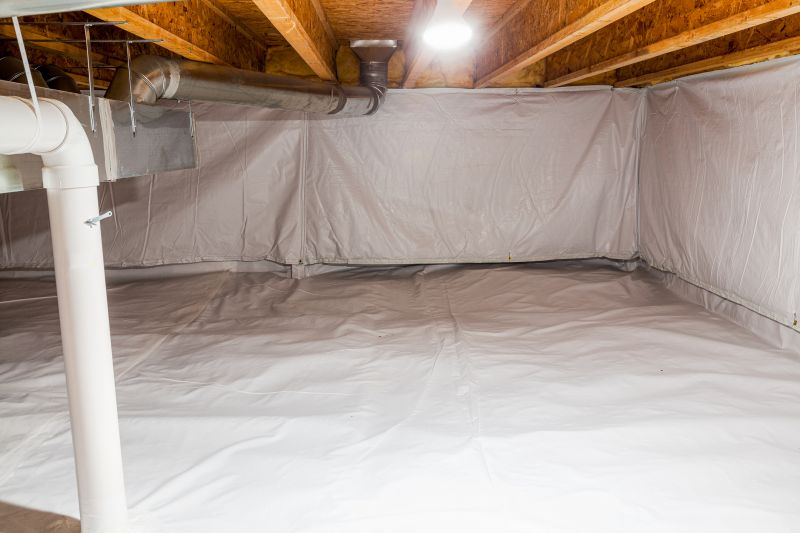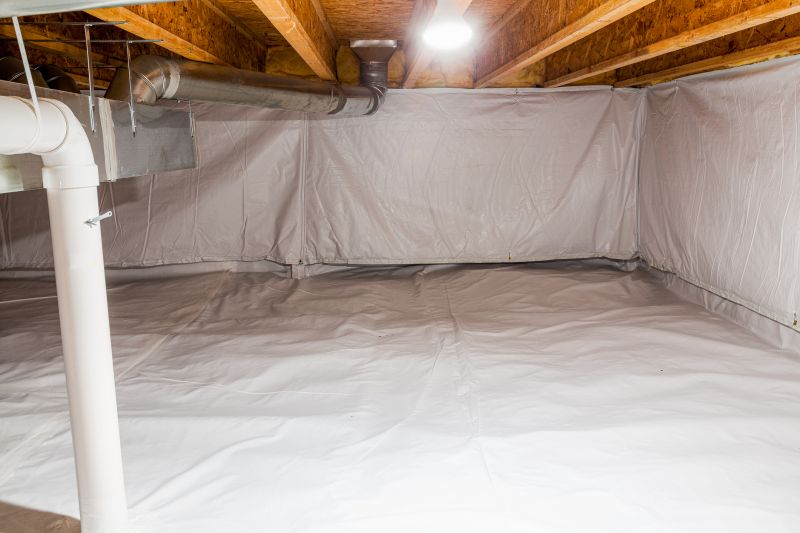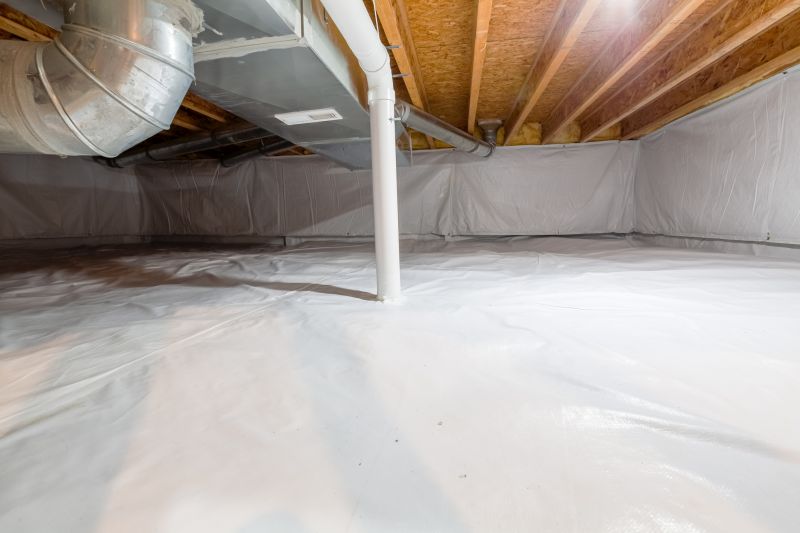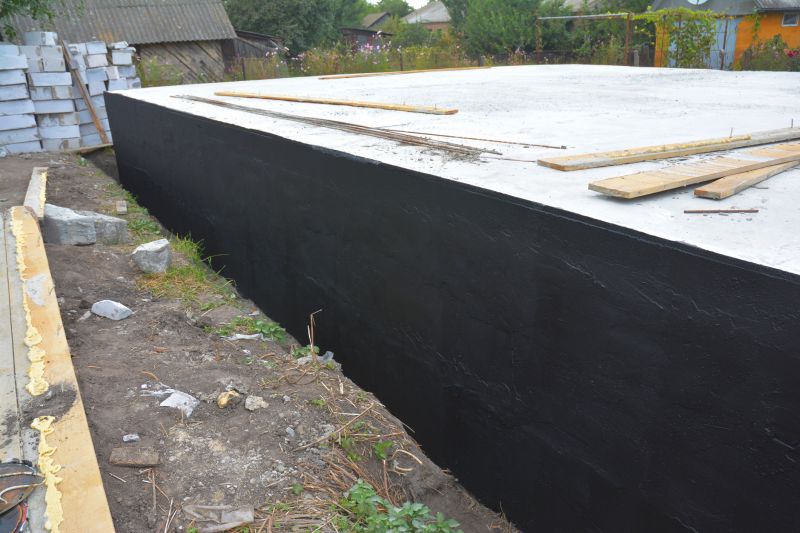Improve Indoor Air Quality with Encapsulation
Crawlspace encapsulation offers a comprehensive solution to improve indoor air quality, prevent moisture damage, and enhance home energy efficiency. Proper sealing and insulation of the crawlspace can significantly reduce the risk of mold growth, pest infestations, and structural deterioration. Without encapsulation, homeowners face increased energy costs and potential health hazards caused by damp and moldy environments.
Encapsulation effectively prevents moisture intrusion, reducing mold growth and structural damage caused by excess humidity.
Sealing the crawlspace minimizes air leaks, leading to lower heating and cooling costs.
Encapsulation protects against wood rot, pest infestations, and foundation issues caused by moisture exposure.

A fully sealed and insulated crawlspace showcasing the effectiveness of encapsulation.

Close-up of vapor barriers and insulation installed during encapsulation.

Crawlspace with sealed vents and moisture barriers in place.

A clean, dry, and insulated crawlspace ready for use.
Statistics indicate that unencapsulated crawlspaces can harbor moisture levels that are up to 10 times higher than the rest of the home, leading to increased mold growth and structural issues. Homes with encapsulated crawlspaces often see a reduction in energy bills by up to 15 percent and experience fewer indoor air quality problems. Failing to encapsulate a crawlspace can result in costly repairs, health issues, and decreased property value over time.
| Risks of Not Encapsulating | Benefits of Encapsulation |
|---|---|
| Increased mold growth | Reduces mold and moisture issues |
| Higher energy costs | Improves energy efficiency |
| Pest infestations | Provides pest barriers |
| Structural damage | Preserves foundation integrity |
| Poor indoor air quality | Enhances indoor air quality |
| Wood rot and decay | Protects structural components |
| Increased health risks | Supports healthier living conditions |

